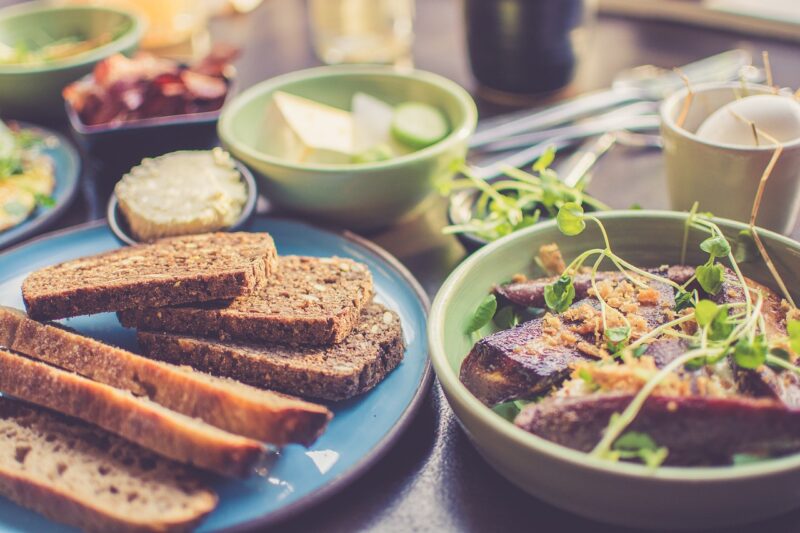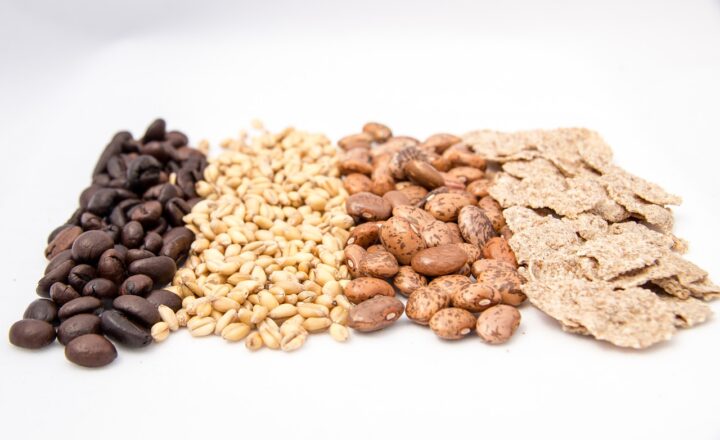
Creating a balanced diet is key to maintaining good health, boosting energy levels, and preventing chronic diseases. However, it’s a common misconception that eating healthily involves bland and tasteless food. The reality is that you can enjoy a variety of delicious meals while ensuring your diet remains balanced. This article will guide you through the essentials of crafting a balanced diet without compromising on flavor.
1. Understanding Balanced Diet Basics
A balanced diet provides your body with the essential nutrients it needs to function optimally. This includes macronutrients (carbohydrates, proteins, and fats) and micronutrients (vitamins and minerals). To manage a balanced diet, aim for:
- Carbohydrates: These are your body’s primary source of energy. Include whole grains, fruits, and vegetables that are rich in fiber and nutrients.
- Proteins: Essential for tissue repair and muscle building. Opt for lean meats, fish, legumes, and non-dairy sources like tofu and tempeh.
- Healthy Fats: Necessary for hormone production and nutrient absorption. Incorporate sources like avocados, nuts, and olive oil into your meals.
Understanding these components will help you make informed choices when planning meals.
2. Opting for Flavorful Ingredients
Just because you want to eat healthily doesn’t mean you have to give up on flavor. Here are some tips:
- Herbs and Spices: Fresh herbs like basil, mint, and cilantro, along with spices like cumin, paprika, and turmeric can add depth and flavor without extra calories or unhealthy additives.
- Citrus Zest and Juice: Use lemon, lime, or orange to brighten up dishes, enhancing flavors and adding a fresh taste.
- Flavorful Oils and Vinegars: Consider using flavored olive oil or balsamic vinegar to finish dishes. A drizzle can elevate the taste significantly.
Introducing these flavorful elements can transform simple meals into culinary delights.
3. Meal Planning for Variety and Balance
One of the most effective ways to maintain a balanced diet without sacrificing taste is through meal planning. Here’s how:
- Theme Days: Assign each day a theme (e.g., Meatless Monday, Taco Tuesday) to explore different cuisines, which naturally adds variety and excitement to your meals.
- Batch Cooking: Prepare ingredients in bulk (like grains, roasted vegetables, or proteins) that can be mixed, matched, and repurposed into different meals throughout the week.
- Colorful Plates: Strive to fill your plate with an array of colors from fruits and vegetables. This not only enhances visual appeal but also ensures a diverse range of nutrients.
Keeping things exciting in the kitchen will encourage you to stick to your balanced diet.
4. Clever Substitutions for Healthier Dishes
Another great way to enjoy your meals while staying balanced is by making smart ingredient substitutions:
- Swap for Whole Grains: Replace white rice or pasta with quinoa, brown rice, or whole grain versions. They are healthier alternatives packed with fiber and nutrients.
- Use Greek Yogurt Instead of Sour Cream: Greek yogurt provides similar creaminess but with more protein and less fat.
- Try Cauliflower Instead of Mashed Potatoes: Mashed cauliflower has fewer carbs and calories while still being creamy and comforting.
These substitutions can make a significant difference in the nutritional quality of your meals without sacrificing taste.
5. Embracing Cooking Techniques That Enhance Flavor
How you cook can make a huge difference in taste and health:
- Grilling: This method imparts a unique flavor to meats and veggies. Combining grilled vegetables into salads or as side dishes can add smokiness and intensify their taste.
- Roasting: Roasting vegetables caramelizes their natural sugars, enhancing their flavors and making them sweeter and more palatable.
- Sautéing and Stir-Frying: Quick cooking methods preserve nutrients while enhancing taste and crunch—add tasty sauces or spices for that extra zing.
Choosing the right cooking techniques can enhance flavors while keeping the meal wholesome and balanced.
6. Importance of Mindful Eating
No matter how balanced your meals are, mindfulness plays a crucial role. Practice the following:
- Eat Slowly: Give yourself time to enjoy your meal, which can enhance satisfaction and help prevent overeating.
- Pay Attention to Flavors and Textures: Savor the taste and feel of the food you’re eating, as it increases enjoyment and appreciation for what’s on your plate.
- Listen to Your Body: Recognize hunger and fullness cues to avoid excessive eating while also enjoying the act of nourishing your body responsibly.
Mindful eating can lead to a more satisfying and enjoyable mealtime experience, reinforcing your commitment to a balanced diet.
Conclusion
Creating a balanced diet doesn’t have to be about sacrificing taste or enjoyment! By using flavorful ingredients, embracing new cooking techniques, opting for smart substitutions, and practicing mindful eating, you can whip up delicious meals that support your health goals.
So step into your kitchen with creativity and confidence—you have the power to enjoy every bite while nourishing your body. Start experimenting with the tips shared above, and you will find yourself on the right path to a deliciously balanced diet you love—or even better, a new favorite!
Eat well, live well!








